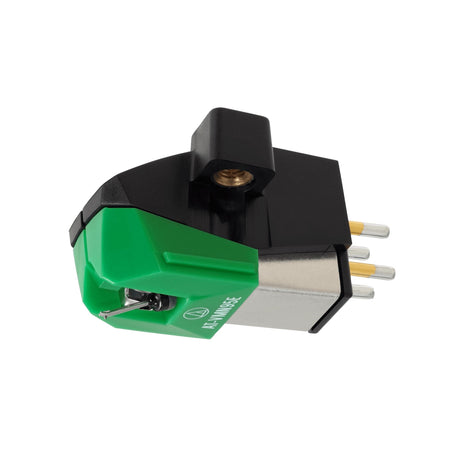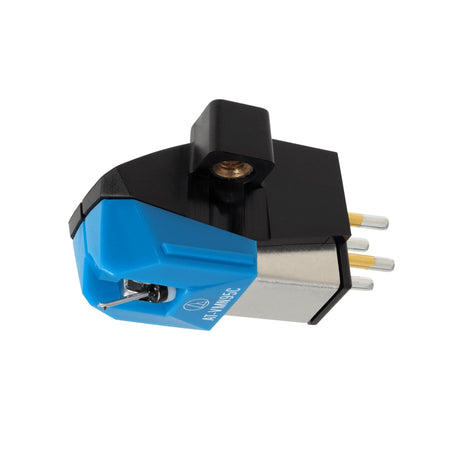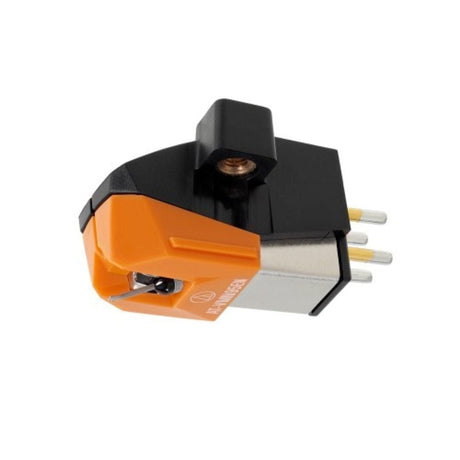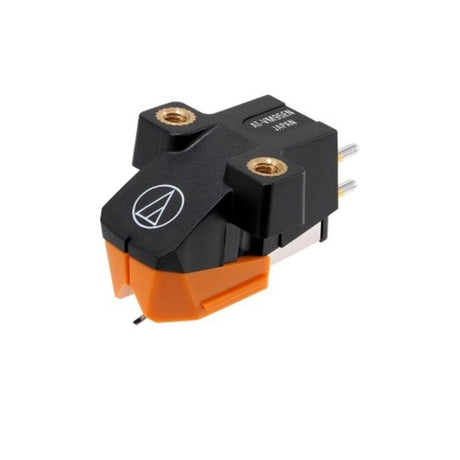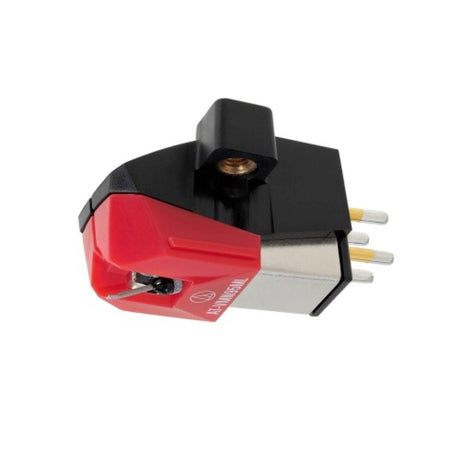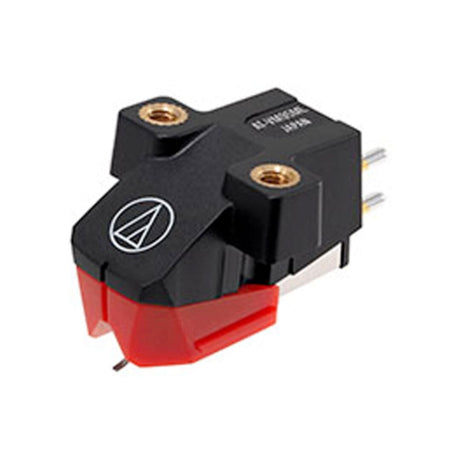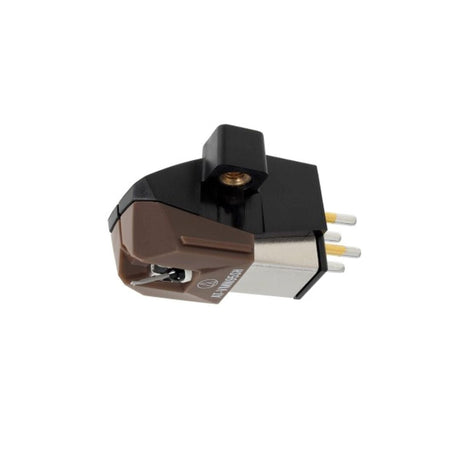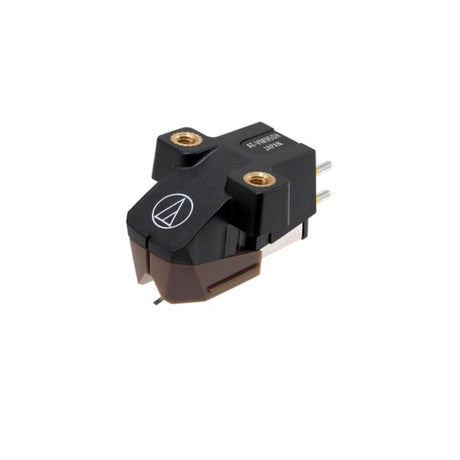Turntable cartridges play a crucial role in the analog audio playback process, translating the grooves on vinyl records into electrical signals that can be amplified and reproduced as sound from your record player.
These small but sophisticated components house the stylus or needle, which makes direct contact with the record's surface.
Choosing the right turntable cartridge is essential for achieving optimal audio fidelity and preserving the nuances of analog recordings.
Let's explore the key features and considerations that make turntable cartridges integral to the vinyl listening experience.
Features of Turntable Cartridges
-
Stylus Type: Turntable cartridges come with different stylus types, each affecting the tracking ability and overall performance. Common stylus types include elliptical, conical, and hyperelliptical. The shape of the stylus tip influences how it traces the grooves on the record.
-
Tracking Force: The tracking force, measured in grams, is the amount of pressure exerted by the stylus on the record. Proper tracking force is crucial for maintaining the balance between tracking accuracy and avoiding excessive wear on the record. Turntable cartridges often have a recommended tracking force range.
-
Cartridge Type: There are two main types of turntable cartridges: moving magnet (MM) and moving coil (MC). MM cartridges are more common and feature a replaceable stylus, while MC cartridges offer higher-end performance with a non-replaceable stylus and lower output. The choice between MM and MC depends on personal preferences and system compatibility.
-
Output Level: The output level, measured in millivolts (mV), indicates the strength of the electrical signal generated by the cartridge. It influences the compatibility with different phono preamps and amplifiers. MM cartridges typically have a higher output level than MC cartridges..
-
Replaceable Stylus: Many turntable cartridges feature a replaceable stylus, allowing you to easily replace the stylus without changing the entire cartridge. This is a cost-effective and convenient way to maintain optimal performance over time.
-
Durability & Build Quality: The construction and materials used in the cartridge impact its durability and long-term performance. High-quality materials and meticulous craftsmanship contribute to a robust and reliable cartridge.
Choosing the Right Turntable Cartridge
Selecting the right turntable cartridge involves considering your preferences, budget, and the compatibility with your turntable and audio system.
It's essential to match the cartridge type with your turntable's tonearm specifications and choose a stylus type that suits your listening preferences, whether you prioritise accuracy, warmth, or durability.
Whether you're an audiophile seeking the highest fidelity or a casual listener enjoying the analog warmth of vinyl, investing in a quality turntable cartridge is key to unlocking the full potential of your vinyl collection.
Read More: The 5 Main Types Of Record Player
Audio-Technica AT-VM95E Elliptical Stereo Turntable Cartridge
£52.99Unit price /UnavailableAudio-Technica AT-VM95C Conical Stereo Turntable Cartridge
£34.99Unit price /Unavailable- £52.50Unit price /Unavailable
- £85.00Unit price /Unavailable
- £169.00Unit price /Unavailable
Ortofon Concorde Music Red Cartridge
£125.00Unit price /UnavailableOrtofon Concorde Music Blue Cartridge
£209.00Unit price /UnavailableGoldring E1 Moving Magnet Cartridge
£65.00Unit price /UnavailableGoldring E2 Moving Magnet Cartridge
£85.00Unit price /UnavailableGoldring E3 Moving Magnet Cartridge
£109.00Unit price /UnavailableGoldring E4 Moving Magnet Cartridge
£199.00Unit price /UnavailableAudio-Technica AT-VM95EN Elliptical Nude Stereo Turntable Cartridge
£119.99Unit price /UnavailableAudio-Technica AT-VM95ML Microlinear Stereo Turntable Cartridge
£149.00Unit price /UnavailableAudio-Technica AT-VM95SH Shibata Stereo Turntable Cartridge
£189.99Unit price /Unavailable- £39.00Unit price /Unavailable
- £75.00Unit price /Unavailable


